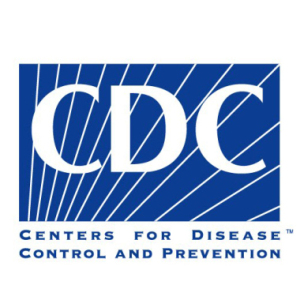Is it time to be anti-antibiotics?
by
Gus Iversen, Editor in Chief | September 12, 2014

Courtesy of the
Centers for Disease
Control and Prevention
New findings from the Centers for Disease Control and Prevention (CDC) and Premier Incorporated indicate that, of over 500 hospitals reviewed between 2008 and 2011, 78 percent were over-prescribing intravenous antibiotics. The implications of antibiotic overuse are multifaceted, ranging from an estimated $163 million in excess U.S. hospital costs, to the evolution of antibiotic-resistant "superbugs" which the CDC says may be responsible for 23,000 deaths annually. In a conversation with the press, the team of researchers discussed their findings in detail, which will be published in the October issue of the Journal of Infection Control & Hospital Epidemiology.
Because test results typically take two or three days to return and sometimes physicians need to start treating the patient before they know exactly what they're dealing with, the researchers gave a two day grace period to hospitals that were prescribing potentially redundant antibiotics. Once those results come back treatment should be modified. If the duplicative antibiotic therapy is not corrected, it may represent a case of over-prescription.
Combinations including the antibiotic Metronidazole represented 70 percent of the over-prescribed antibiotic cases. Combinations of Metronidazole and piperacillin-tazobactam specifically, represented 50 percent of the cases. "Using two antibiotics to treat the same infection is rarely necessary," said Anjun Srinivasan M.D., associate director for health care associated infection prevention programs in the division of health care quality promotion at CDC.
The researchers found that once hospitals set about correcting their over-prescription of antibiotics, even cases of resistant bacterial infections began to diminish. A phenomenon Srinivasan described as, "turning back the clock." He explained, "When you reduce the use of antibiotics through improving appropriate prescriptions, what happens is that there's less pressure on the bacteria to develop those mutations."
Advocating smarter technology and better informed physicians
Sara Cosgrove M.D., director of the antimicrobial stewardship program and associate hospital epidemiologist at Johns Hopkins University; secretary, SHEA board of directors and chair of CHEA's antimicrobial stewardship taskforce department, was asked what could account for such rampant misuse of antibiotics. She cited, among other things, a recent trend in shorter physician shifts. "I think that may lead to communication issues between physicians regarding why antibiotics have been started," said Cosgrove. "I also think we have sub-optimal education of medical students and other doctors concerning what antibiotics cover what bugs."
|
|
|
You Must Be Logged In To Post A Comment
|
